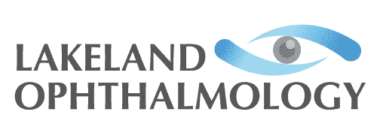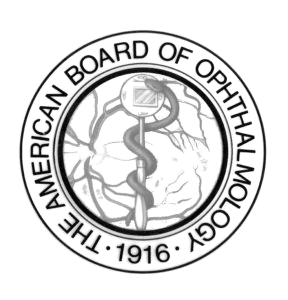Tears function to protect the eyes and to keep them lubricated and comfortable. Dry eye is a disease of the tears and the surface of the eye that results in symptoms of discomfort and blurry vision. It occurs when the eyes are not sufficiently moisturized, leading to itching, redness and pain from dry spots on the surface of the eye. This may occur because the tear ducts do not produce enough tears, or because the tears themselves have a chemical imbalance. Severe dry eye can even cause damage to the surface of the eye.
Dry eye is one of the most under-diagnosed ocular diseases, and yet it is the most common reason why patients go see their eye doctor.
There are estimated to be 55 million Americans with dry eye disease.
Americans With Dry Eye
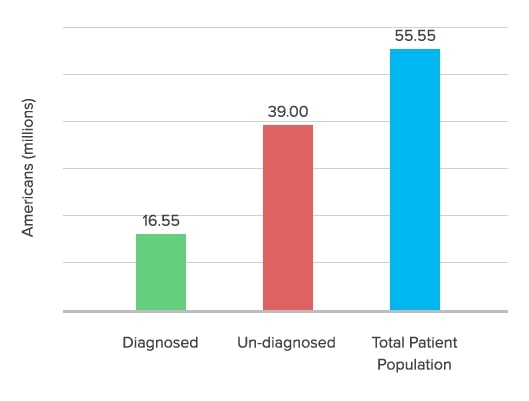
Osmolarity
Dry eye disease occurs when eyes do not produce enough tears or when they produce poor quality tears. At Lakeland Ophthalmology, tear osmolarity will be assessed to properly diagnose dry eye and treat it appropriately.
To measure tear osmolarity, a small sample of tears is taken from each eye. The TearLab unit measures osmolarity (the saltiness of the tears). As osmolarity in tears increase, ocular surface cells become damaged.
This educational video explains more about osmolarity and the TearLab test.

Symptoms Of Dry Eye
Many people mistake dry eye symptoms for allergies, climatic conditions or just “eyestrain.” While all of these may aggravate dry eye symptoms, they are not the cause.
Dry eye symptoms may include:
- Blurred Vision
- Stinging
- Difficulty Wearing Contact Lenses
- Burning
- Tired Eyes
- Scratchy Sensation
- Tearing
- Sensitivity to Light
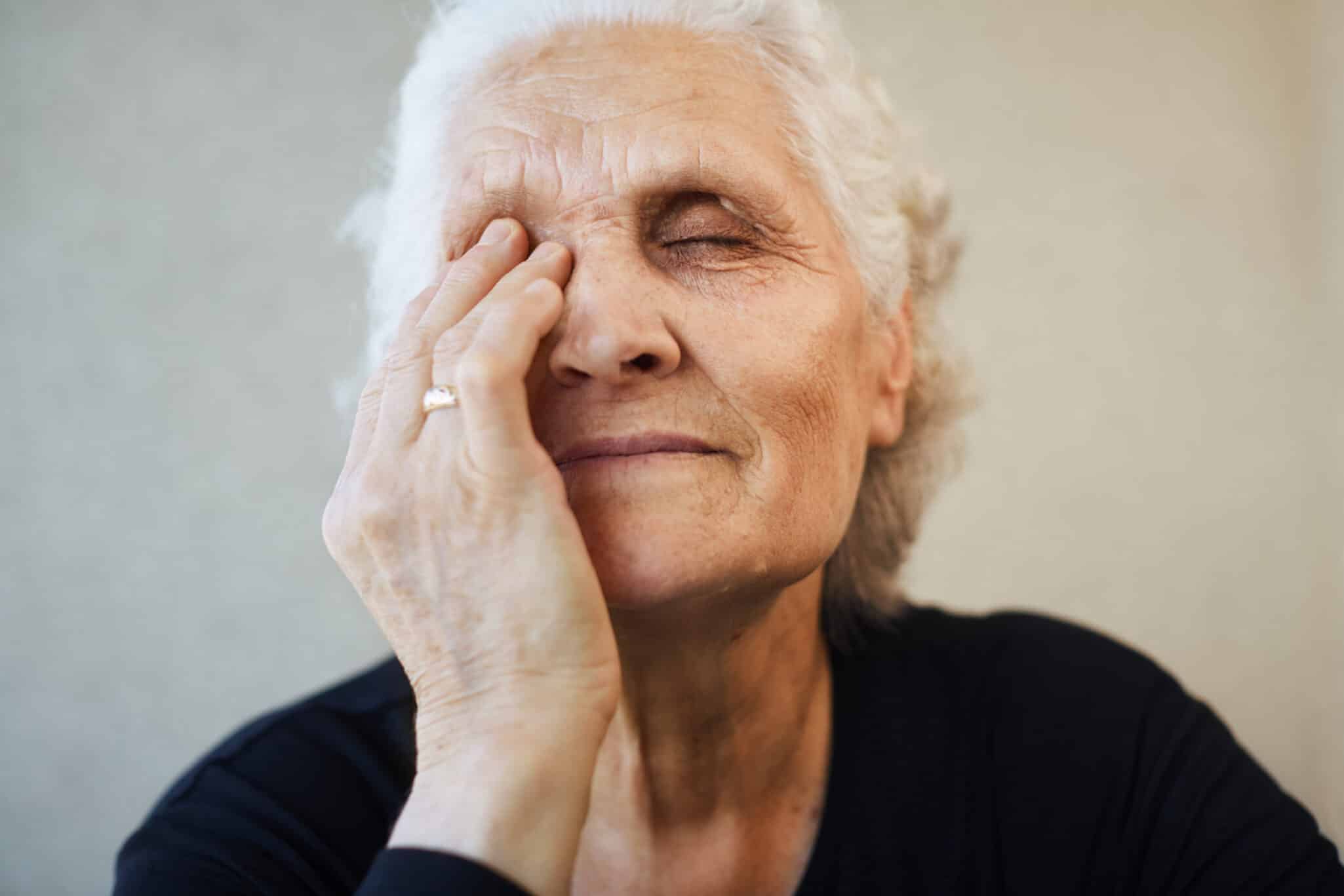
Causes Of Dry Eye
Environmental Causes:
- Hot, dry, cold and/or windy climates
- High altitudes
- Excessive sun exposure
- Central heating
- Air conditioning
- Hair dryers
- Cigarette smoke
- Air pollution
- Air travel
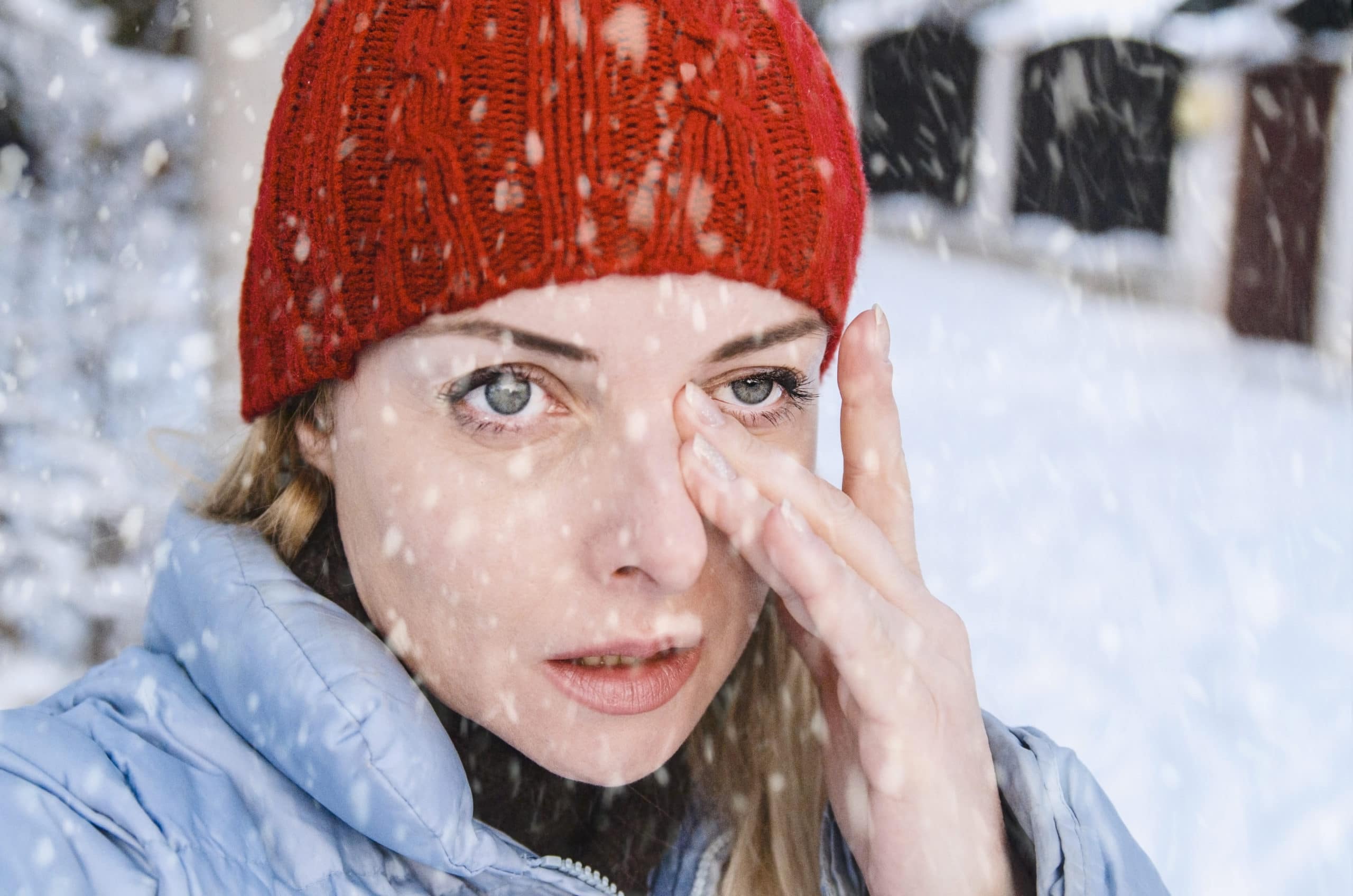
Medication Causes:
- Allergy medications, especially antihistamines
- Antidepressants (e.g. amitriptyline, diazepam)
- Some blood pressure medications
- Parkinson’s medications
- Birth control pills
- Diuretics
- Beta blockers
- Sleeping pills
- Many pain medications
- Certain medications which regulate heart rhythm irregularities
- Decongestants
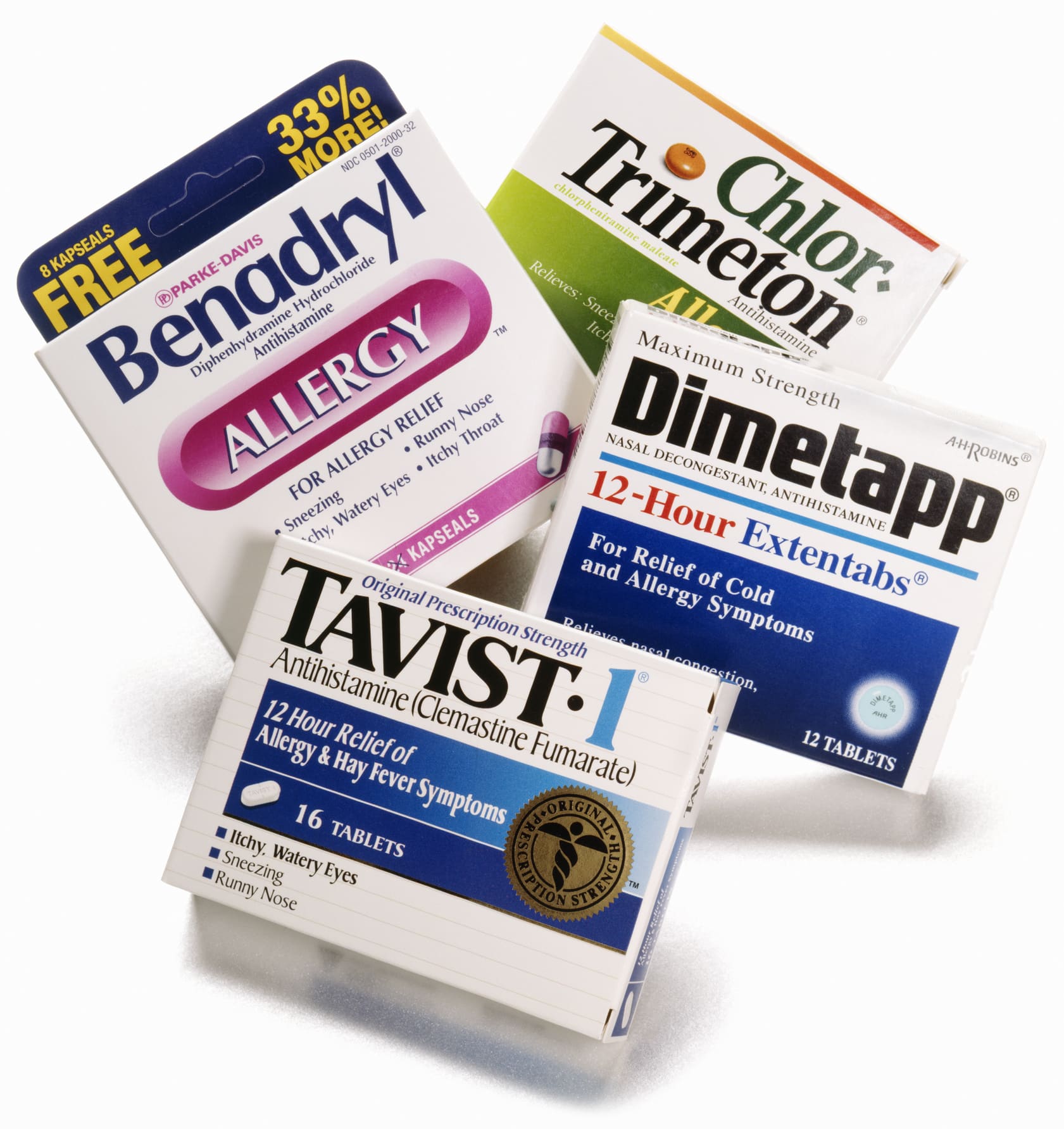
Contact Lens Wear
Contact lens wear can dramatically increase tear evaporation, causing discomfort, infection, and protein deposits. Dry eye syndrome is the primary reason that patients are unable to tolerate contact lenses.
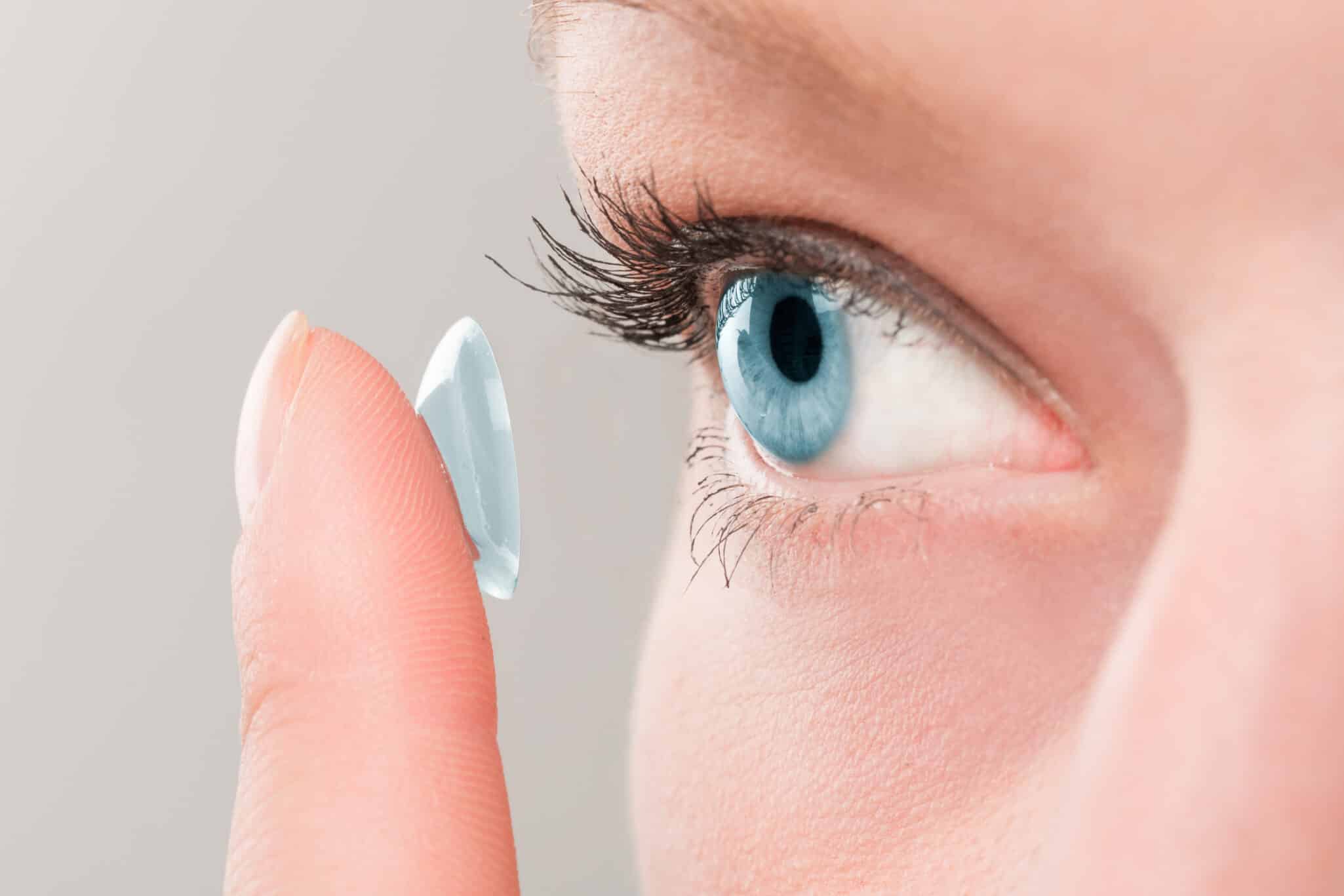
Diseases
- Sjögren’s syndrome – An immune disorder associated with dryness of the mouth, eyes and mucous membranes. The tear-producing lacrimal glands are damaged and tear production is affected.
- Meibomian gland dysfunction and blepharitis (treated with warm compresses and other medications)
- Lacrimal gland deficiency (can be treated with punctum plugs)
- “The Aging Process” – Tear flow normally decreases with age.
- Stevens-Johnson syndrome
- Parkinson’s disease
- Rheumatoid arthritis
- Lupus
- Diabetes
- Sarcoidosis
- Rosacea

Refractive Eye Surgeries
Dry eye is the most common complaint or adverse event following LASIK.
Hormonal Deficiencies Or Changes
- Thyroid conditions
- Hormonal changes in women
- Changes associated with pregnancy, oral contraceptives and menopause
- Decreased production of androgen
- Estrogen supplementation

Low Blink Rate
Blinking is critical in spreading tears over the surface of the eye and stimulating tear production. A chronic low blink rate is associated with dry eye symptoms. Computer use, reading, and watching TV are the three activities most commonly associated with a low blink rate.
Treatments for Dry Eye
People usually begin experiencing dry eye symptoms as they age. Dry eye is not only painful, but it can also damage the eye’s tissues and impair vision. Fortunately, many treatment options are available.
Non-surgical Dry Eye Treatments
- increasing humidity at home or work
- artificial tears and gel drops
- moisturizing ointment
- warm compresses (used to treat blepharitis)
- prescription drops such as Restasis, Xiidra and Cequa
- oral antibiotics such as doxycycline
- eyelid cleansing wipes
- topical steroid drops and ointments
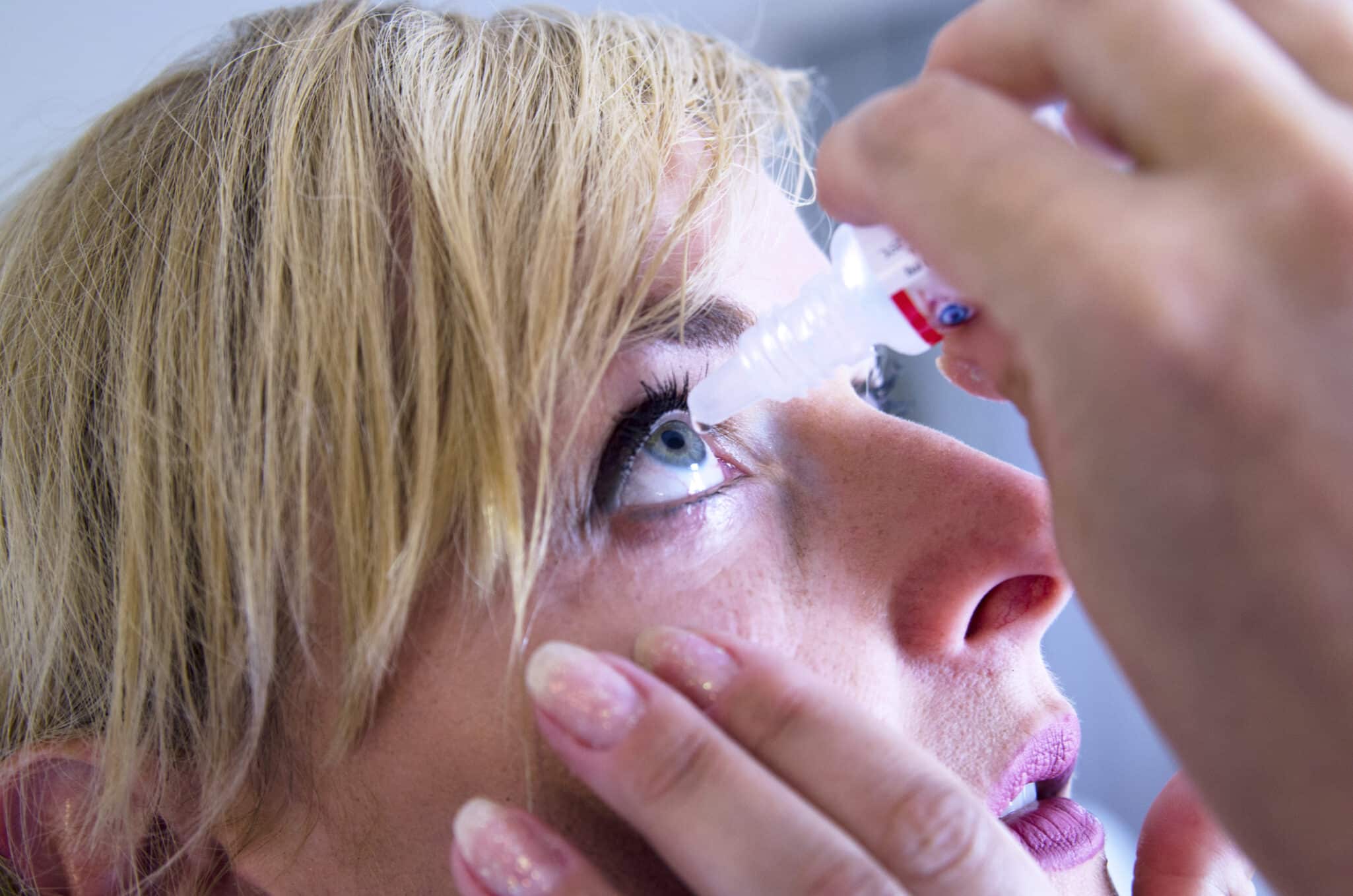
Dry Eye Procedures
TearCare
TearCare® is an innovative Dry Eye procedure that targets the blocked meibomian glands in your eyelids that produce oils to keep your tears healthy. When these glands become blocked or have reduced function, your tears may evaporate more quickly. Unblocking these glands with The TearCare® System can help restore their function and stabilize the tear film. This may improve the quality of tears and reduce symptoms like dryness, gritty or scratchy sensations, blurry vision, and watery eyes.
For more information on TearCare, please click here.

Punctal Plugs
At Lakeland Ophthalmology, dry eye is often treated with punctal plugs (occluders). These tiny plugs, which can be dissolvable or made of silicone, block the tear duct, which is the drainage duct that carries tears away from the surface of the eye. Blocking these drainage ducts prevents tears from draining away too quickly. Just like putting a stopper in a sink drain, punctal plugs keep the tears on the eye’s surface for longer periods.
For more information on Punctal Plugs, please click here.

To learn more about Dry Eye Treatment or to make an appointment, call us at 973-588-7005.
